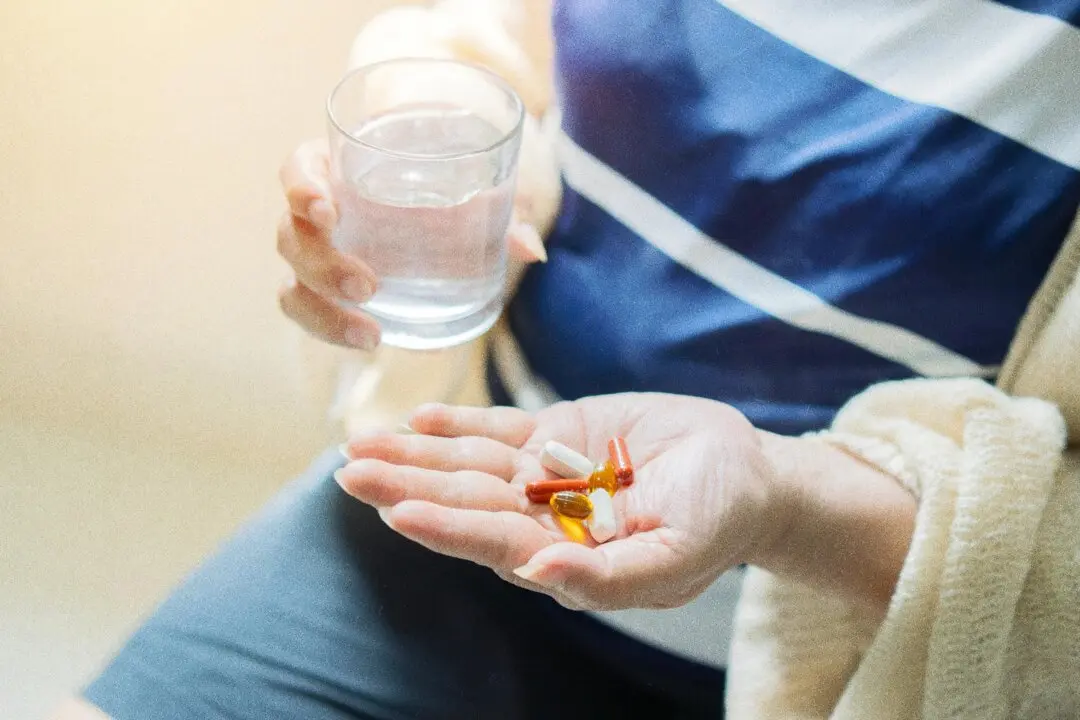The island’s culinary traditions have been enriched, in turn, by the Dutch and the Japanese, who colonized the island for different periods of time; early Fujian, Hoklo, and Hakka immigrants from southern China; and a wave of new Chinese immigrants in the 1940s.
Taiwan’s Hidden Culinary Delights
From street food to Michelin-starred restaurants, the island’s diverse and delicious cuisine beckons

Many hidden gems of Taiwanese cuisine can be found in the island’s charming small towns and night markets. Tony Yu
|Updated:




